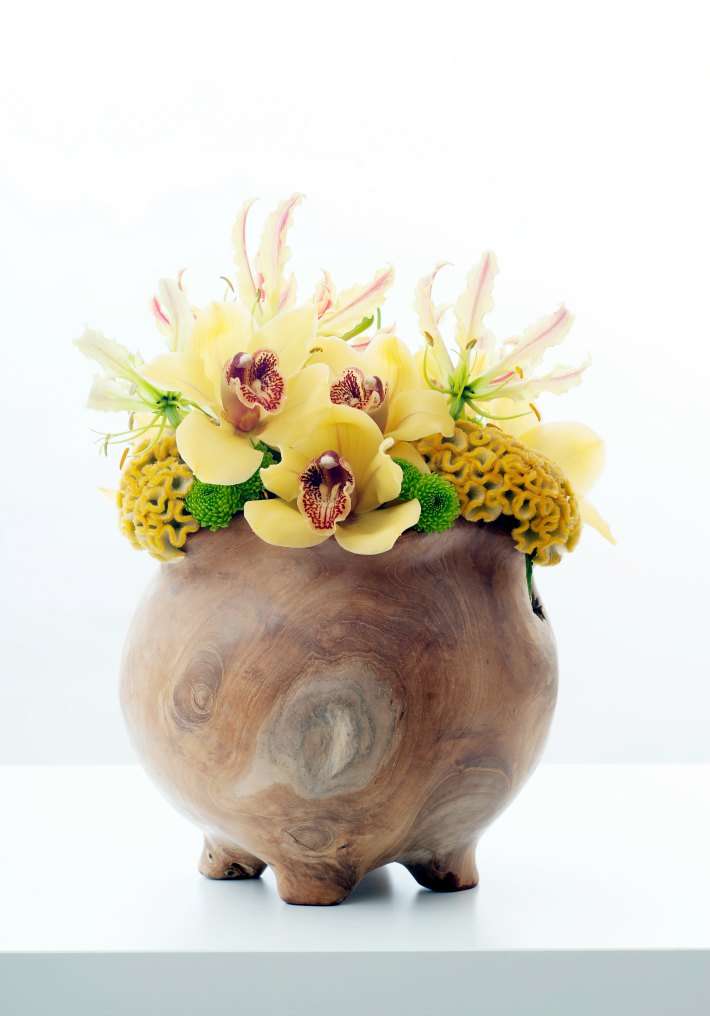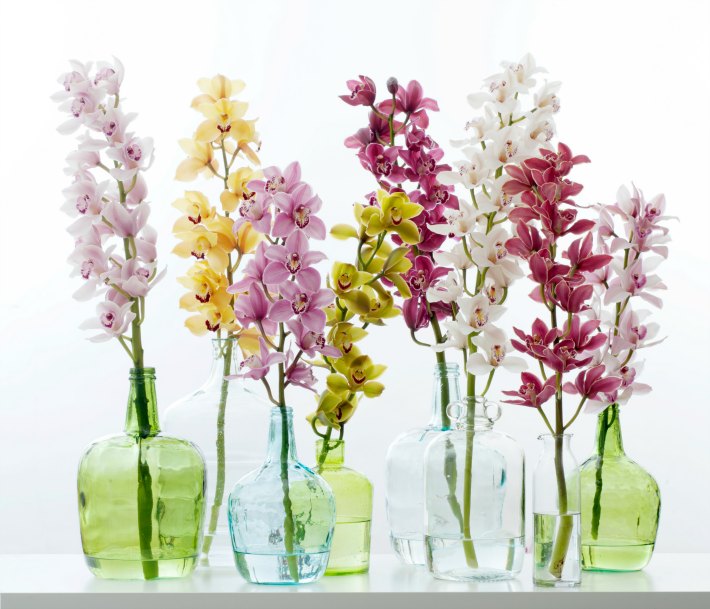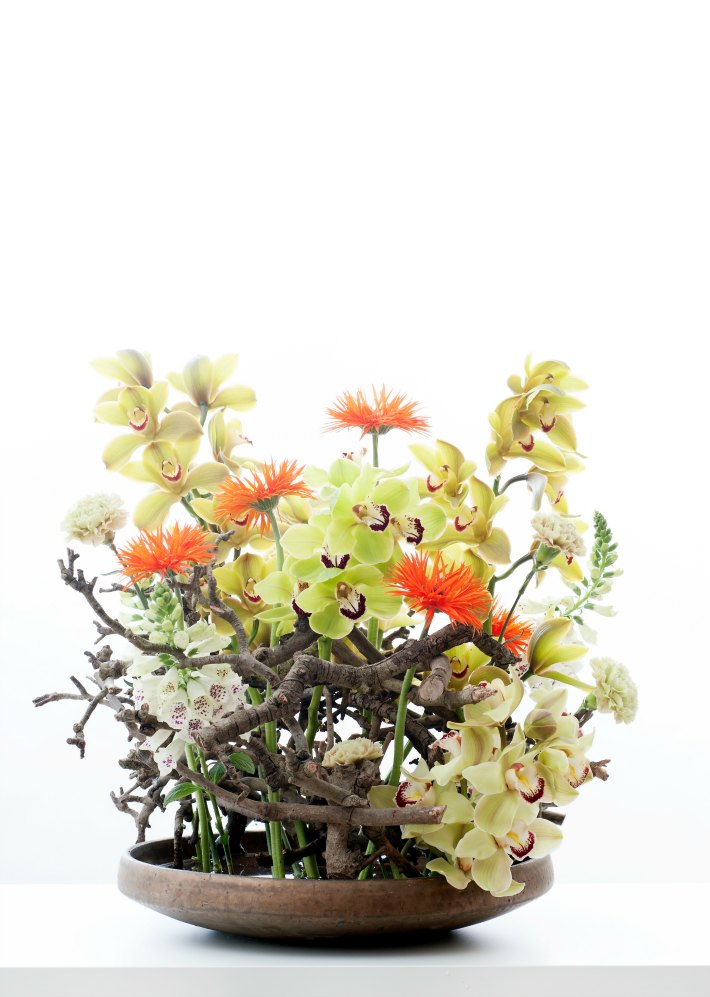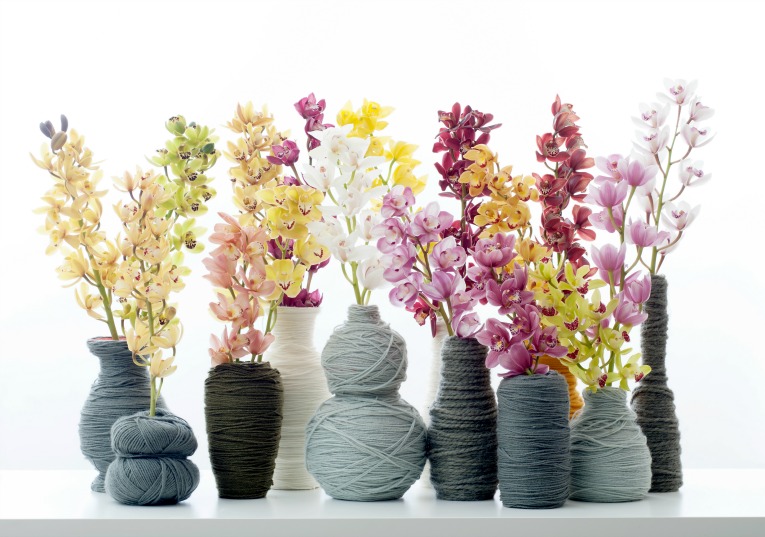
The two flowers that make a florist’s life worth living over the winter months: Part One
A while back, as a welcome break from short, dark, drizzly autumn days the team at Hybrid were given a special treat in the form of an evening at the stunning Royal Observatory Greenwich, where we were lucky enough to be taking part in a venue showcase. We were greeted with the perfect autumnal evening and a magical, starry atmosphere in a truly amazing setting.
It was one of those happy, sociable nights that just fly by and we were so delighted simply to be there, amongst such inspiring people and industry experts (although I suspect the canapes, which tasted sublime, and free-flowing drinks from Party Ingredients contributed!). We found ourselves immersed in conversation with other guests, discussing the merits of London over New York, the trials and tribulations of event photography and loft living in Wapping. However, the one discussion that really got me thinking was about, wait for it…. flowers! Specifically:
Which flowers capture the very essence of winter?
We all know that, nowadays, you can get your hands on practically any form of fresh produce, regardless of season. That makes our lives as florists easier and gives us far more creative choice with design. There are nearly as many different varieties of rose available in January as there are in June and you can easily buy dianthus or hydrangeas in your local co-op in March! Nevertheless, I felt the need to dig deeper. Maybe it’s the purist in me. That or the maniacal new-age hipster in search of the perfect sour dough starter. For me, the quandary I wanted to solve was:
Which flowers would completely mess with a florist’s life if they weren’t readily available during winter?
After much thought and more than a little pestering of our Contract and Event Designers from me, the Hybrid consensus of opinion was thus:
There are only two truly magical, wintry varieties that qualify: the cymbidium orchid and the amaryllis.
In this blog I’ll be looking at the cymbidium, a wonderful, fascinating and infinitely adaptable orchid that we never tire of due to its amazing versatility and variety. Hybrid have the privilege of working with some amazing cymbidium suppliers in Holland and their knowledge of this plant is second to none.
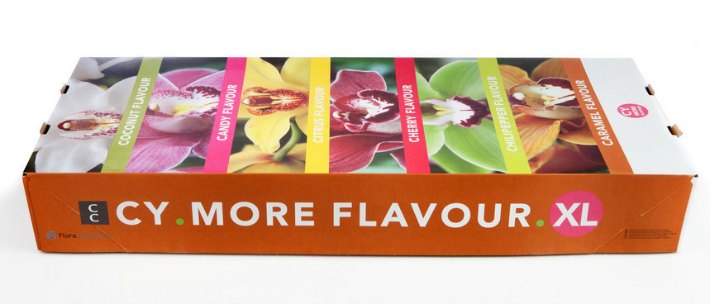 Sandra, husband Leo and team have been growing cymbidiums for eighteen years. They produce some of the highest quality orchids under the brand of Cy More Flavour. Their obsession with the variety knows no bounds.
Sandra, husband Leo and team have been growing cymbidiums for eighteen years. They produce some of the highest quality orchids under the brand of Cy More Flavour. Their obsession with the variety knows no bounds.
The longer you work with them the more you love them. When you look at any variety closely you’ll find out that every one of them have beautiful details.
The cymbidium plant originates from Asia and each variety flowers once per year, but we wanted to know why they are a winter flower:
Originally, it is thought of as an autumn/winter product because that’s the time that most of the varieties bloom from origin. It depends on the genes of the variety to which month that is, but a variety that blooms in November from origin is not suitable to bloom in April or May.
The sheer variety of cymbidium is vast, each with unique patterning and colour tones. The name Cy More Flavour reflects the idea: ‘See More Colour’. The food mentioned in the flower’s name represents its colour, with coconut for white, cherry for red and caramel for the brown and oranges.
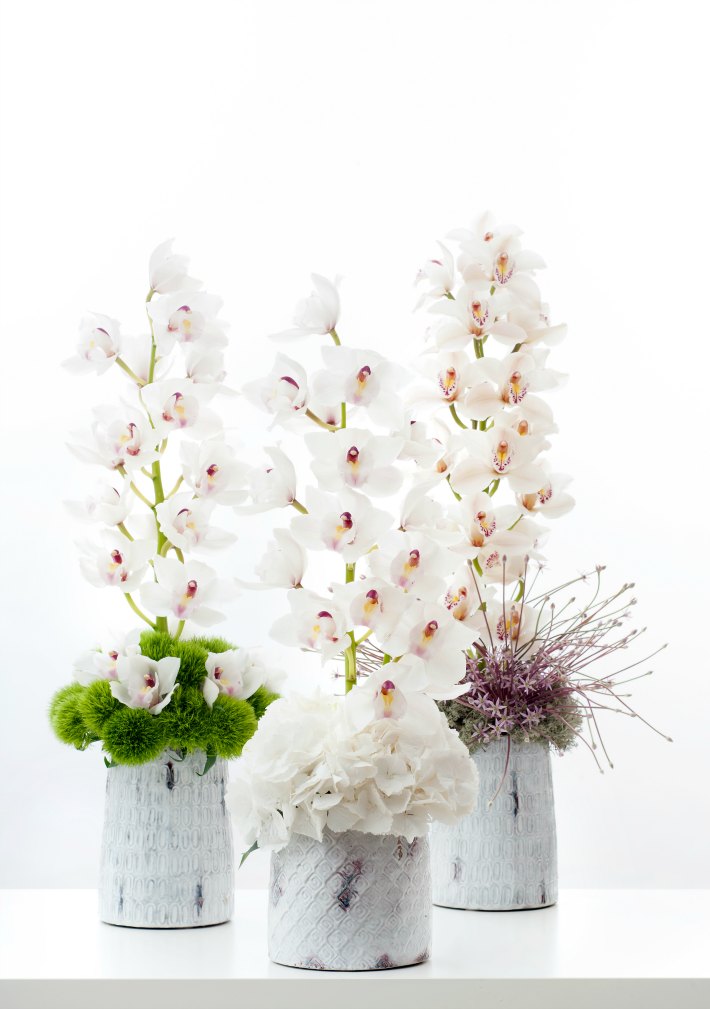
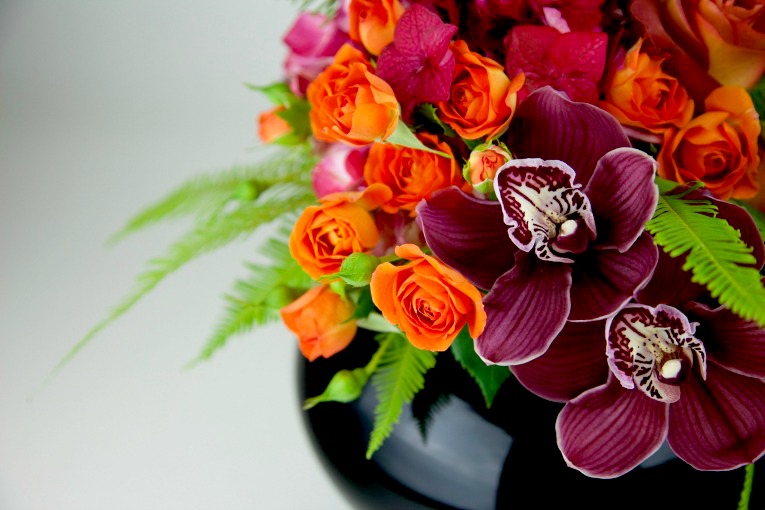
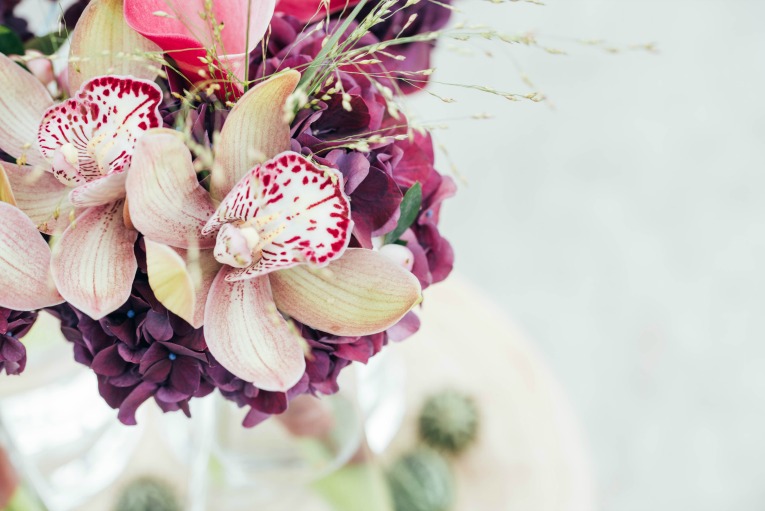 All these colours give us the most amazing palettes to work with. At Christmas time the green and red tones are very popular, and in autumn the copper and brown colored varieties perfectly represent the season. And for a winter wedding white is wonderful.
All these colours give us the most amazing palettes to work with. At Christmas time the green and red tones are very popular, and in autumn the copper and brown colored varieties perfectly represent the season. And for a winter wedding white is wonderful.
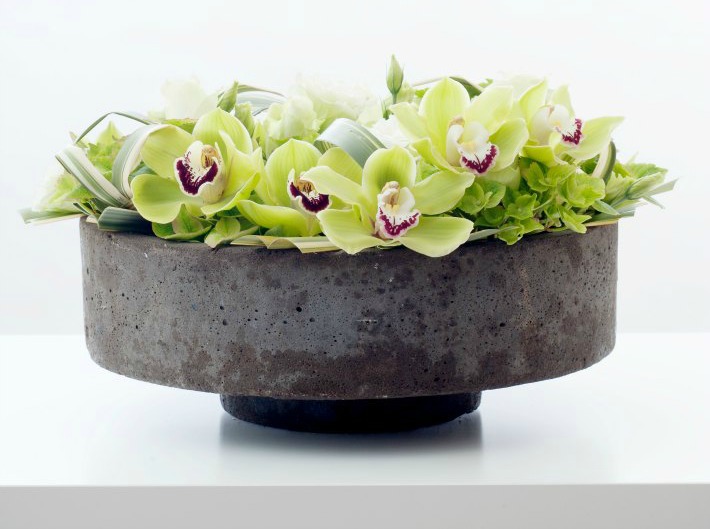

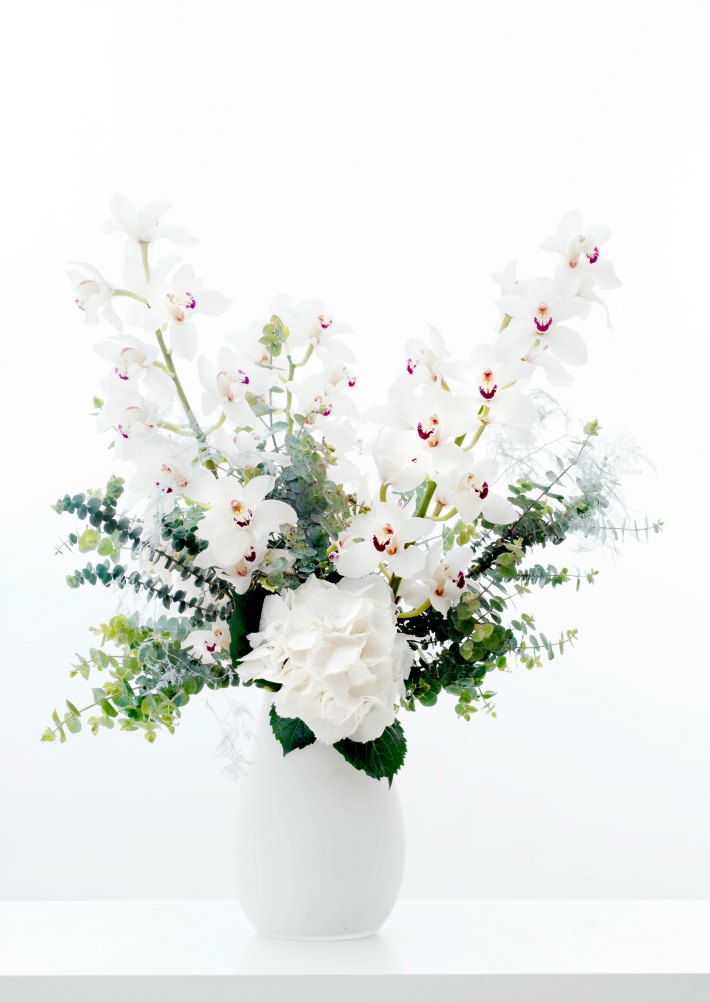
It can be used in so many different styles, in classic arrangements as well as contemporary and every style in between.
Hybrid have used these magnificent flowers in all manner of ways, for example:
- Showcasing their tall towering stems in event pedestal designs
- Creating wide fanned shaped designs for tall table centres in hotel ballrooms
- Submerging the whole stems in clear cylinder vases for weekly corporate reception designs
- Arranging individual stems into clusters of modern vases to fill luxury, contemporary spaces
- Hanging them upside down from ceilings and arches at parties and weddings
- Using the individual heads in vials of water amongst bouquets
 The possibilities really are endless!
The possibilities really are endless!
Growing a Cymbidium is not mean feat and creating such a beautiful plant can’t be rushed, in all, it takes seven to eight years from the moment of cross pollination to harvest! First, the grower selects two features of individual plants that they would like to incorporate in a new one. Pollen is transferred and it takes around 9 months for germination. 400 ‘cotyledon’ can be created from one seed but, incredibly, after three years, only 3 or 4 plants will make it through Cy More’s selection criteria. It then takes another three years before the flowers first bloom. And to think that we get impatient having to wait for them just over the summer months!
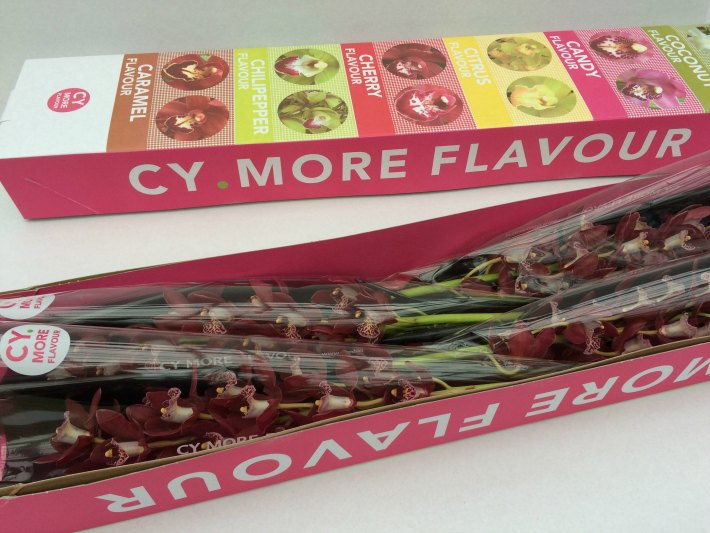
I asked Cy More which variety was their favourite, Sandra told me:
The variety “Madelon” is a beautiful deep red and named after our daughter. I think George Harrison “Flying High”, a gorgeous red variety with nicely shaped flowers, could be the new classic.
I asked Sandra which florists, in her opinion, did the flowers the most justice:
There are so many florists from all over the world who create wonderful arrangements with cymbidium. The Norwegian master-florist, and former world champion, Stein Are Hansen, is a real cymbidium lover who designs wonderful arrangements. Mark Pampling, an Australian based floral designer, often works with cymbidium in a very fresh and contemporary style.
Cy More’s recommendations:
- The orchid is the symbol of pure friendship so they make perfect gifts.
- Never throw away the lower heads of orchids on a stem, use them in a tiny vase in fresh tepid water.
- Look after cymbidium by cutting 1 cm off the end of the stem and repeat this every five days.
- Never use cut flower food and do not put the cymbidium stem into direct sunlight.
- Avoid touching the stigma as this will accidentally distribute the pollen and the lip from the cymbidium flower will turn red earlier.

All images, unless otherwise stated, are generously supplied by Orchids-Info

